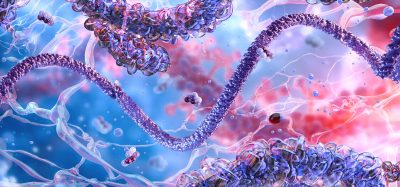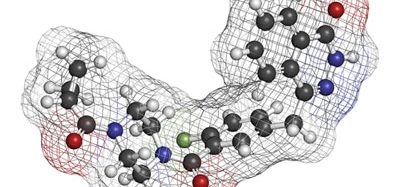Streamlining drug discovery assays for cancer and cardiovascular disease
Posted: 11 June 2018 | PerkinElmer | No comments yet
For lead optimisation, target-based assays are still the most affordable means of rapidly performing fast iterations and remain core to screening. However, the desire for biological relevance is driving ongoing growth in cell-based assays.


In this webinar, supported by PerkinElmer, Dr Eric Chevet, Research Director, Institut National de la Santé et de la Recherche Médicale (INSERM), Rennes, France, discussed how the endoplasmic reticulum (ER) plays a critical role in cancer development, particularly glioblastoma multiform (GBM). Dr Philip Gribbon, Chief Scientific Officer, Fraunhofer Institute IME, Hamburg, Germany, discussed the quantification of cell migration phenotypes in cardiovascular-related target validation and drug discovery. The questions included the role of assays for protein-based drugs and the advantages of using an imaging-based assay.
How do you see the role of these assays being adapted for protein-based drugs?
PHILIP GRIBBON: For the cell migration assay, they are equally applicable to small molecule and protein-based drugs. There are no real issues here. With protein-based drugs, often times you have challenges associated with intra-cellular targets, or it may be that antibodies are not appropriate if you are looking for an intracellular target. But certainly the principles underpinning the cell migration assay are common to small molecules and for antibodies or peptides as a type of biological-based therapy.
ERIC CHEVET: In our case, it was protein-based drugs. We faced several problems – particularly in ensuring intra cellular delivery. The initial peptides were coupled with a type of peptide that allowed intra cellular delivery. It worked pretty well until we moved into more complex models; then it became an issue. That’s why we jumped to molecular modelling to be able to design pepito-medics. In our case, the assay was completely appropriate and since then we have started to screen small molecule libraries. The assay is compatible with both peptides and small molecules.
What are the main advantages of using an imaging-based assay compared with other methods?
PHILIP GRIBBON: In the case of cell migration assays, an imaging-based assay is the way to go and you don’t really need super high-resolution imaging. Something of intermediate resolution is perfectly acceptable to get good consistent results. The general advantages of these types of assays are that you can obviously see the effect developing over a long period of time. Our assays lasted between 30 and 48 hours – that allows you to observe the kinetics of the process. You can see quite different events happening at the onset of compound treatment compared with later on and this enables you to discriminate between the mechanisms of the action of compound, which occur over different time scales.
With the bright-fuelled imaging, where no stains are involved, that always leads to minimal perturbation to the cells. Stains always have some sort of negative effect in my experience. None of them are completely neutral with respect to the cellular system. We were fortunate enough to be able to simultaneously monitor changes in cell morphology on a cell-by-cell basis along with the more gross changes associated with the changes in cell motility. So, you get this multiplexing opportunity even when you are not using stains in the assays.
You also need to think about the environment in which you are doing the reading. We were fortunate that we were able to connect our reader to the appropriate automation that would allow us to bring our plates in and out in about two-hour intervals and you can do the scheduling to help that. But unless you have very good environmental control when you are doing the reading, you normally can’t just let the plate sit on the reader.
Related topics
Assays, Biomarkers, Cell-based assays, Drug Discovery, Drug Discovery Processes, Hit-to-Lead, Imaging, Immuno-oncology, In Vitro, In Vivo, Lab Automation, Label-Free, Research & Development, Screening, Target Validation
Related organisations
PerkinElmer
Related people
Dr. Eric Chevet, Dr. Philip Gribbon








